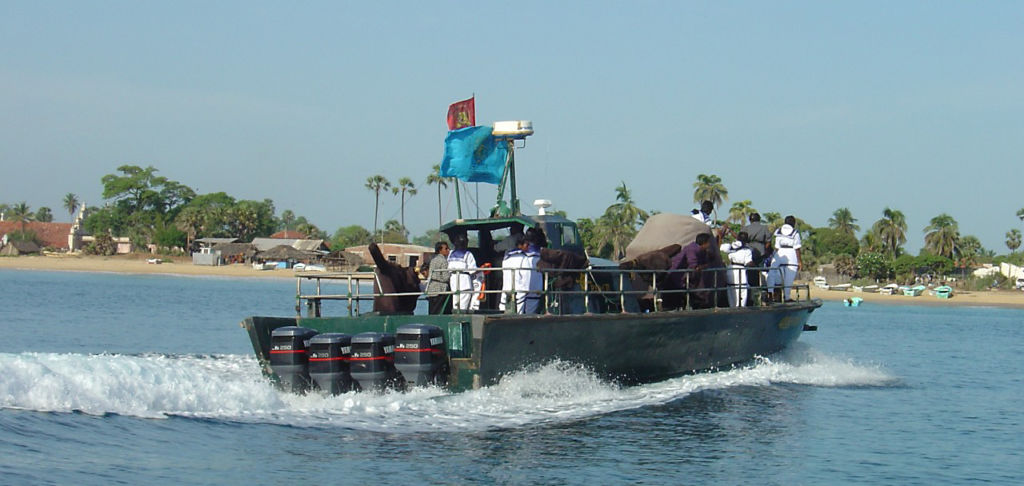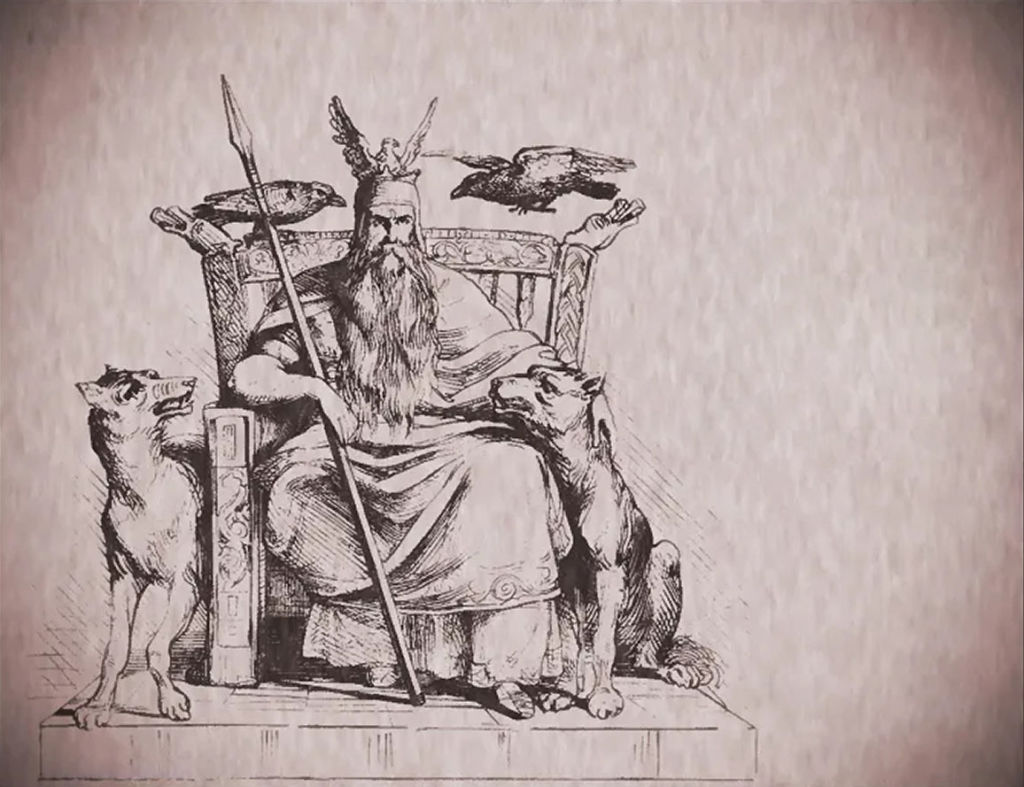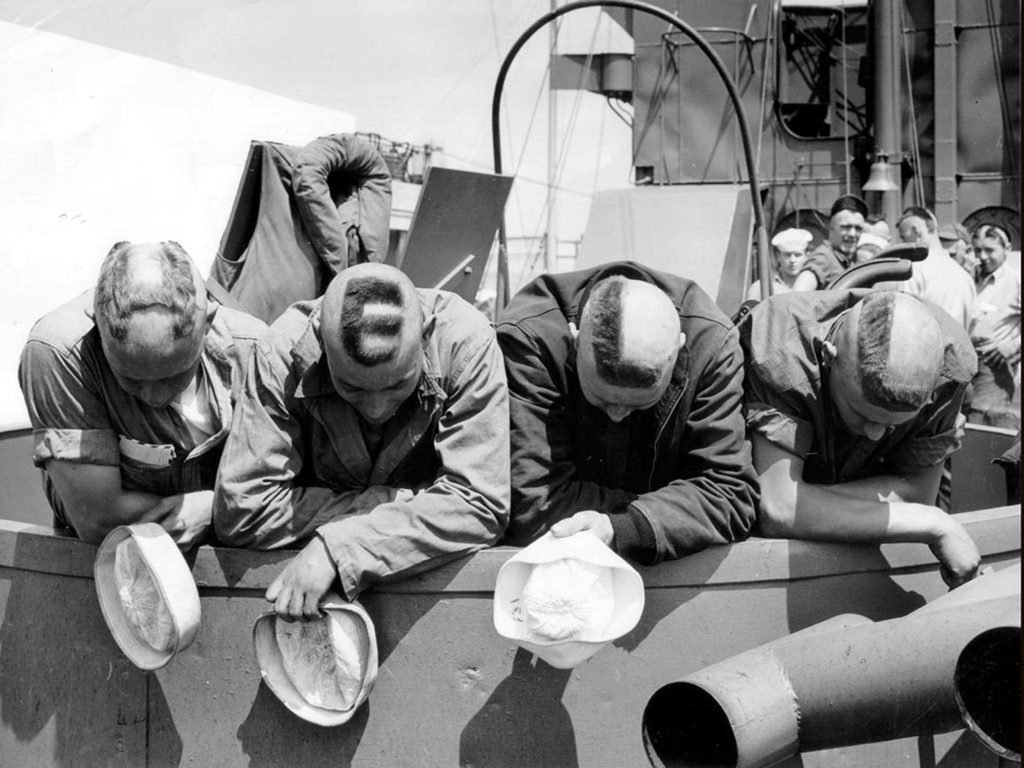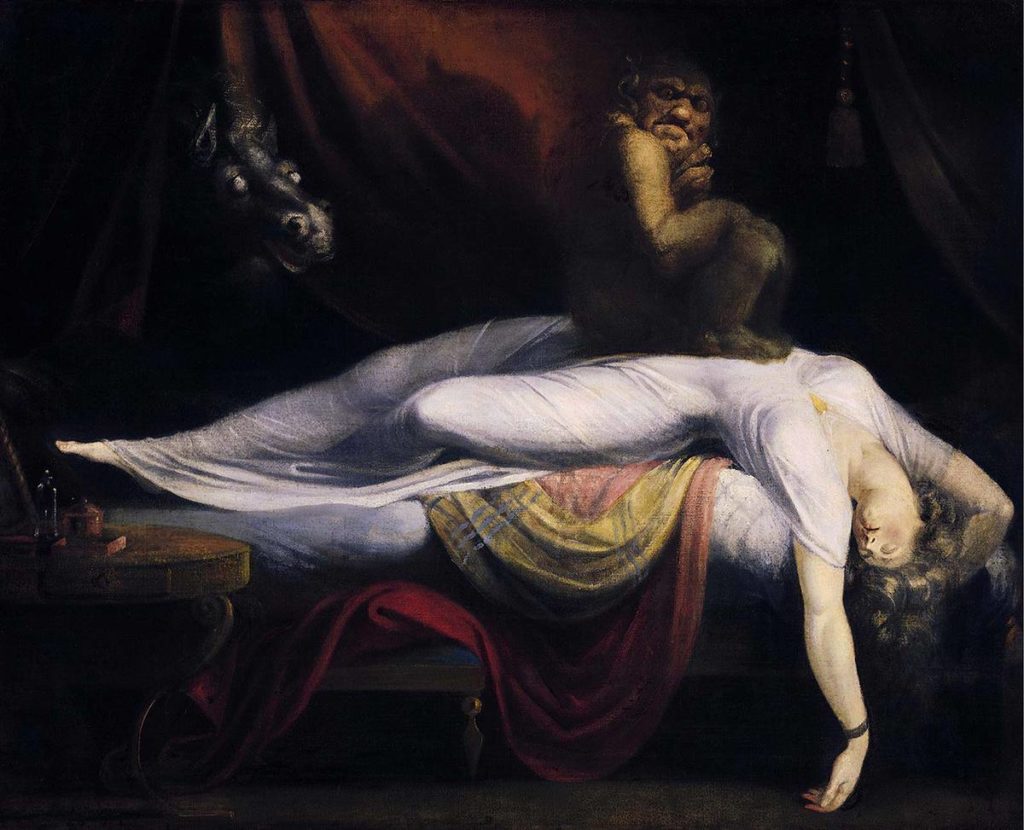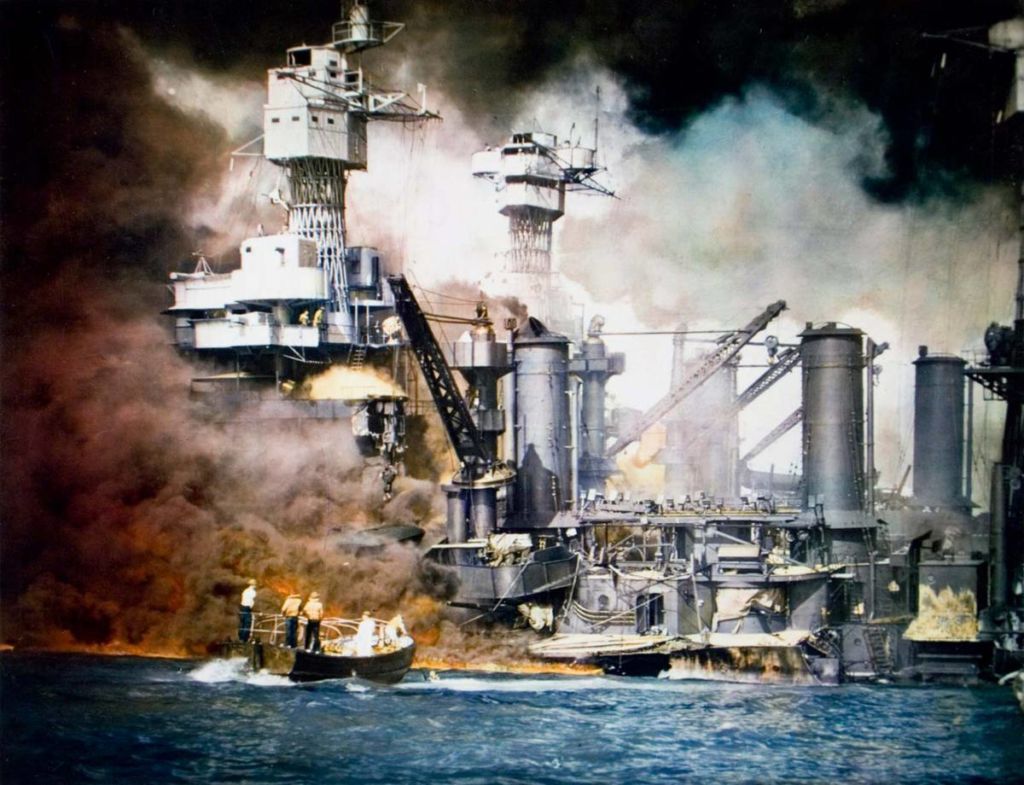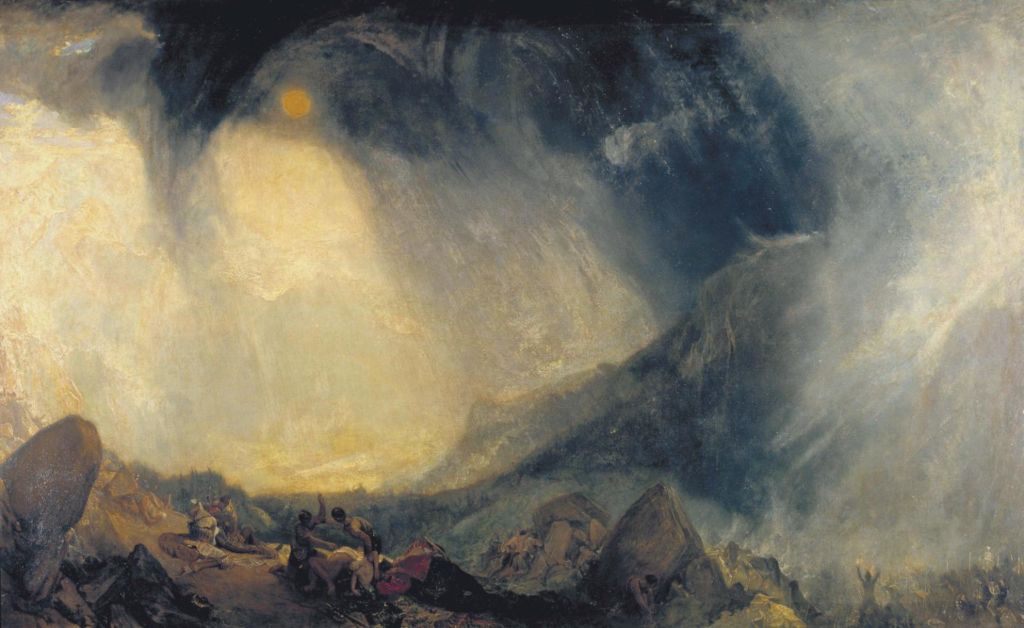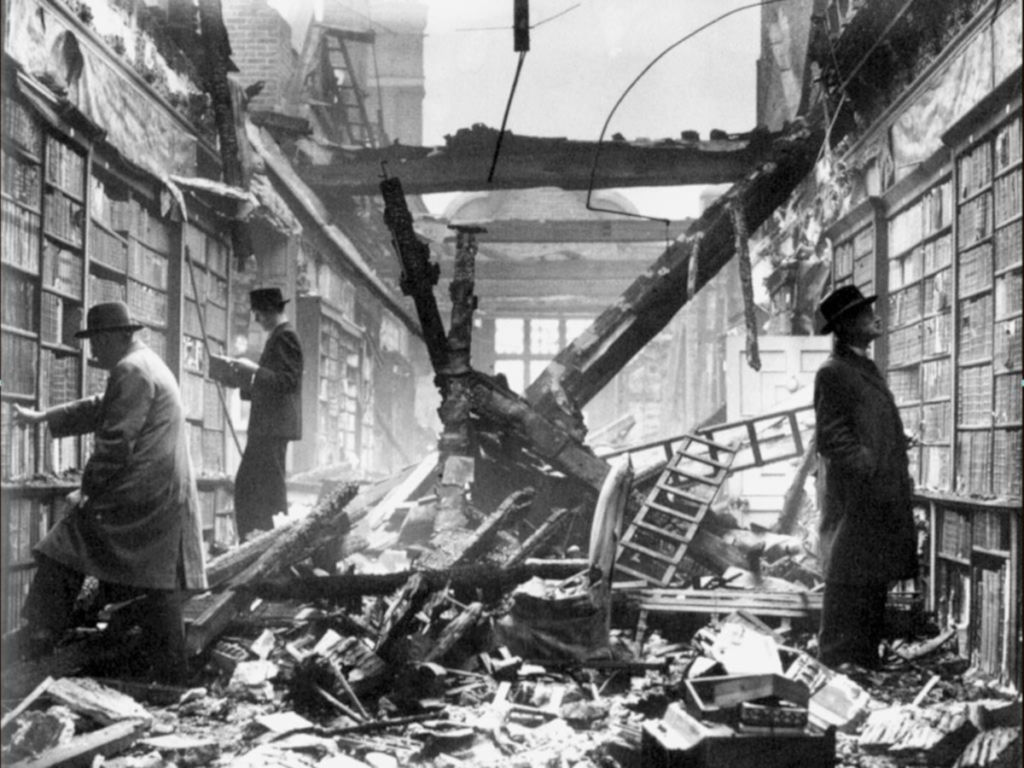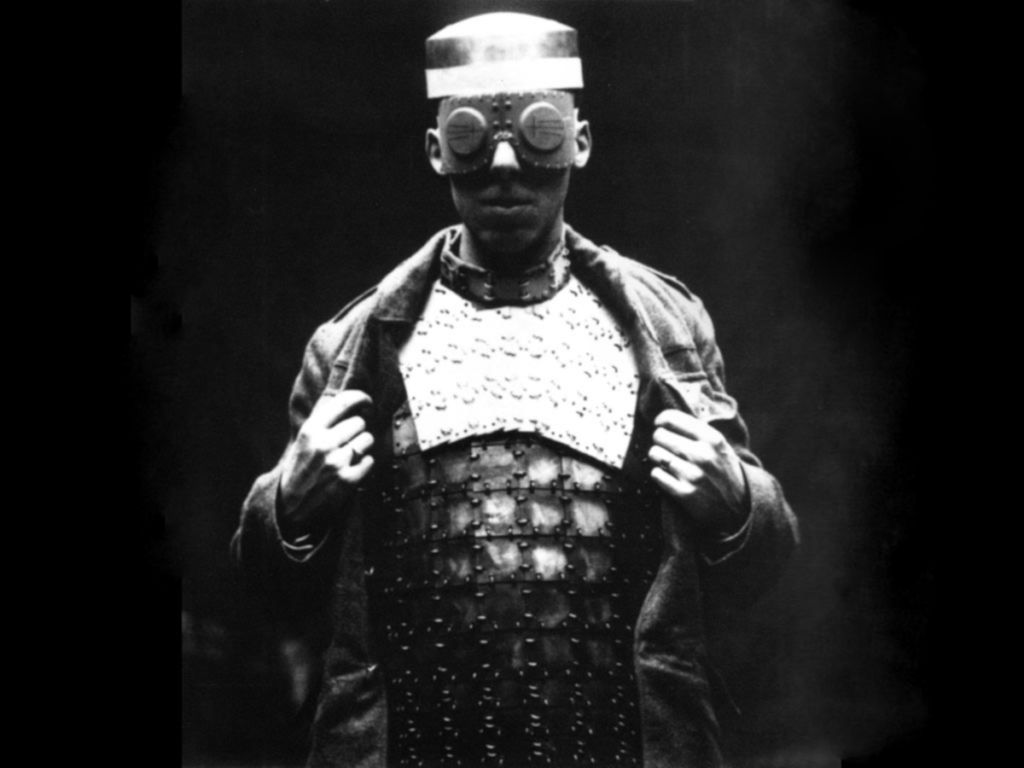From September 2020 on, once a month Switch (on Paper) has been publishing an excerpt from Jean-Yves Jouannais’ Encyclopédie des guerres (The Encyclopedia of Wars). What started out as an experiment in oral literature is gradually taking the form of a book, scheduled for release in 2030. Until then, here is the last one of a dozen excerpts, published in alphabetical order like the entries in a vast atlas of wars. Today’s last entry is T for Tiger.
“Tyger Tyger, burning bright,
(William Blake, « The Tyger », in Songs of Innocence and of Experience, Éditions San Marino, CA : Huntington Library, 2008)
In the forests of the night;
What immortal hand or eye,
Could frame thy fearful symmetry?”
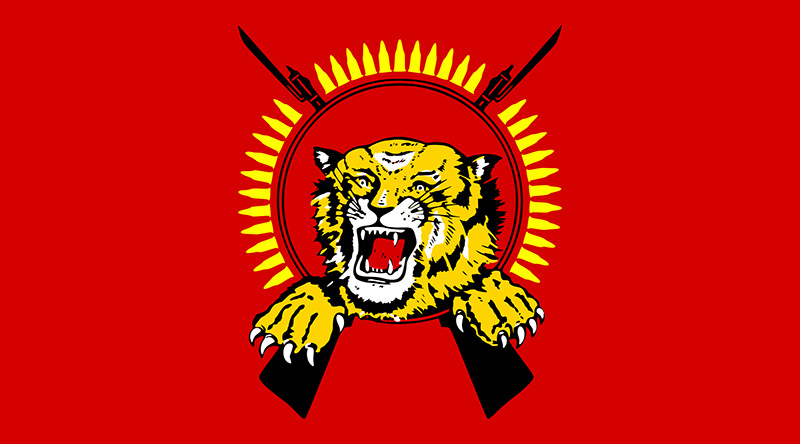
The LTTE (Liberation Tigers of Tamil Eelam) flag
Archeo-paleontology
The naval battle at Kalpitiya Lagoon took place on June 28, 2006, off the Kalpitiyan coast, north of Colombo, between the Sri Lankan marines and Tamil separatists of the LTTE (Liberation Tigers of Tamil Eelam), during the Sri Lankan civil war. Two government patrol ships were attacked by twenty Tamil boats. One of the patrollers was sunk. It was the Tamil Tigers’ sole naval victory. The movement, founded in 1976 by Velupillai Prabhakaran, was one of the rare guerilla groups to possess marine warships, including fiberglass speedboats equipped with machine guns and rocket launchers. Skirmishes regularly broke out in the Palk Strait to establish control over the island’s supply routes. From September 2006 to October 2007, on the high seas, the Sri Lankan marines sunk the eight ship-storehouses that constituted the movement’s backup headquarters. The Tamil Tigers, dependent on the sea due to the country’s insularity, lost their ability to receive supplies. This translated into their armed fleet growing weaker and Sri Lanka regaining maritime control, which ultimately led to the defeat of the LTTE’s ground forces as food, weapons and ammunition dwindled. Thus, through predation and competition, disappeared the last remaining sea tigers, a rare species of ocean felines that today have not only functionally faded, but are reported extinct, much like the Bali Tiger (Panthera Tigris Balica) or the Caspian Tiger (Panthera Tigris Virgate). It was one of Velupillai Prabhakaran’s strongest desires to not only to bestow his movement with military power at sea, but for it to be baptized with the beautiful, Linnaean name of Sea Tiger (Panthera Tigris mare).
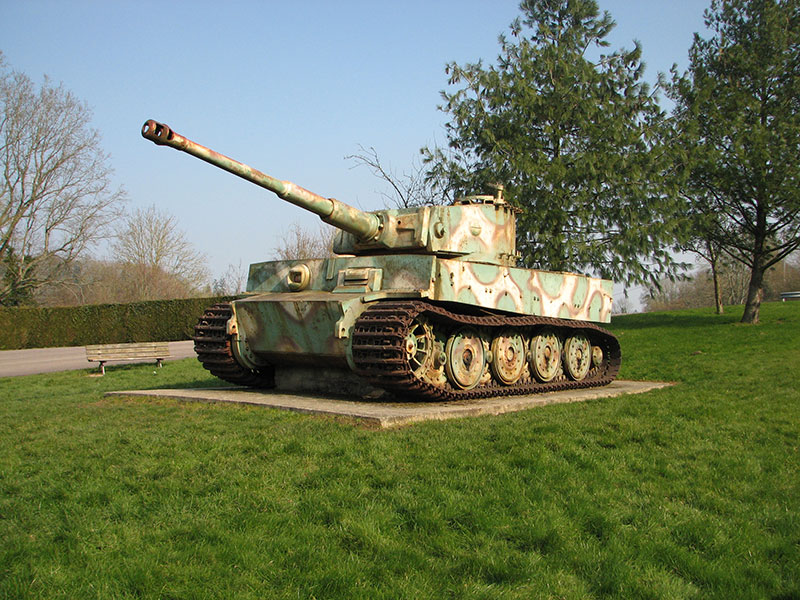
The Tiger tank of Vimoutiers is a German Tiger tank of the Second World War, exposed at the exit of Vimoutiers in the north-east of Orne (France). This tank was abandoned by its crew in August 1944, during the last days of the Battle of Normandy. Left abandoned until the mid-1970s in a roadside ditch, it was recovered by the commune of Vimoutiers to avoid being scrapped. Restored, it has since been displayed outside the town, where it has been classified as a historical monument on 2 December 1975.
Panthera tigris germanica
The destruction of Michael Wittmann’s Tiger 007 and the death of Wittmann himself on August 8, 1944, in Normandy, continue to spark debate. Several British and Canadian armored units were active in the sector; all have tried to stake their claim. According to one version, Wittmann and his team were killed by a unit of Sherbrooke Riflemen from the 2nd Canadian Armored Brigade. Sherbrooke’s A-squadron, lying in ambush around Gaumesnil chateau, was said to have opened fire from 500 meters away, destroying two Tigers from the 101 group, including Wittmann’s. Another version claims it was destroyed by one of the Sherman Firefly tanks of the 1rst Northamptonshire Yeomanry of the British Army. According to that squadron’s journal, three Tiger tanks were destroyed on August 8, 1944. Wittmann’s Tiger 007, claims the journal, was taken out at 12:47. The British Sherman tanks, although a good 800 meters or more away, used shells that would have effectively been capable of destroying a Tiger from that distance. The Sherbrooke also possessed a Firefly, like all Anglo-Canadian Sherman units in Normandy. It is likely that an Ekins tank destroyed three out of five Tigers that were lost to group 101 on August 8, quite possibly the tanks that were closest to the British regiment. But Wittmann’s was further off and in a row headed away from Gaumesnil castle where the Canadian tanks were located. It should also be noted that according to a survivor from group 101, Wittmann’s would have exploded at 12:55 and not 12:47. Another conjecture: the destruction of Wittmann’s Tiger should be credited to a British Hawker Typhoon plane. It is said the impact of a rocket on the back bridge of the Tiger (whose armor is 25mm thick) penetrated the air vents, provoking an explosion in the motor compartment followed by a second explosion in the munitions store, killing the crew and ripping off the gun mount. It is believed that the British pilot was shot down that same day, before he could claim the destruction. However, the 2nd TAF (Tactical Air Force, RAF) archives make no note of any German tank being destroyed in the sector where group 101 operated that day. Major Hempkins of the British Army was dispatched to location seven days later and officially received credit for the victory. The stakes were high, as the tank’s commander, Michael Wittmann, was a hero of the enemy’s forces. But Hempkins had no taste for war, nor for the hunt. He spent a day walking circles around the cold carcass of the dead Tiger, caressing its perforated metal, before submitting a report to his higher-ups that made no conclusive statement whatsoever and which, most likely, nobody was going to read. Indeed, the report says nothing about what likely occurred that day, August 8, 1944, in a field located in Cintheaux municipality. But one curious thing stands out. Major Hempkins, who may have been a dentist in his civilian life, writes that Tigers, alive or dead, are like “mouths shamefully closed on children’s teeth drunk on groundwater into which chlorinated hydrocarbon has been drained.”
God’s name
Paris is home to a great many plaques commemorating those who fought and died for the capital’s liberation between August 19 and 25, 1944. One such plaque, decorating a wall in the Tuileries Garden at the corner of rue de Rivoli and place de la Concorde, is the last in a series of ten honoring those who fell on August 25. It pays homage to Marcel Bizien, tank leader of the 2nd armored division who, according to his plaque, fell “heroically”. The adverb “heroically” is used to describe every fallen person. But the inscription on Marcel Bizien’s plaque is surprising because it goes on somewhat longer than the others. It also tells us that he, a soldier from Leclerc, fell before “a German Tiger”. As if to bestow a new, Homeric epithet upon the portrait of a fighter. It is an additional detail that could trouble even the most astute epigraphist. There are no specifics regarding the caliber of the shell, bomber type, or kinds of bayonets that wiped the fighter out. Why didn’t Marcel Bizien die just “heroically” like his companions, rather in the face of a “German Tiger”? Was it the sole embodiment of a perilous German army advancing on Europe, the day after the landings, an armored threat that must be fought all the way to the heart of Berlin? A 57-ton carnivore that stood as an unrivalled predator? Yet it was a rare animal, counting only 1500 individuals. Contrary to most mid-sized tanks, the Tiger was not associated with one single division. It was used by battalions at the breaking point on the front, or for momentum in a counter-offensive, outside the army corps. It manifested the “terrible elegance” that Chesterton perceived as characteristic of the tiger family, tigers whose calligraphic fur, black on yellow, seem to speak an inhuman language.
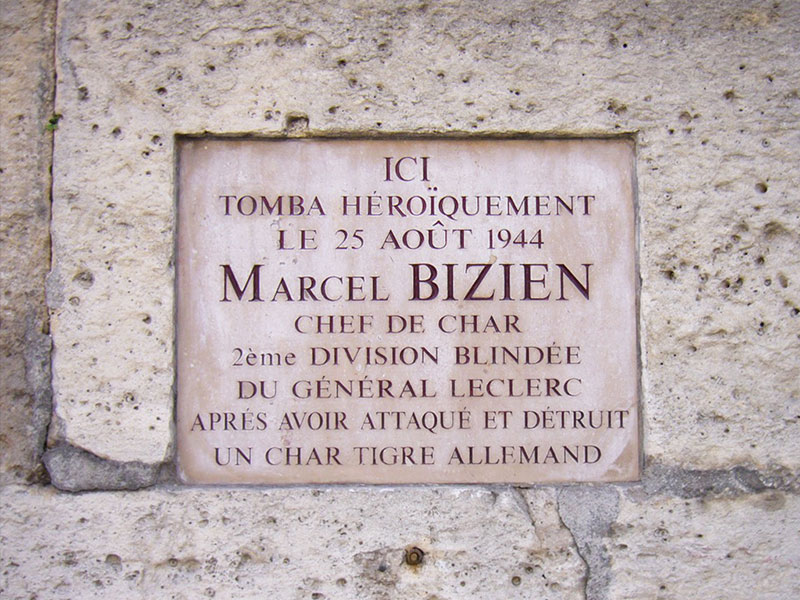
A commemorative plaque to Marcel Bizien, hero of the french 2nd Armoured Division, Tuileries Garden, Paris
Jorge Luis Borges dreamed of deciphering the name of God in the stripes of a tiger. If God was looking to hide his signature in some hidden corner of creation, it would most likely be in the cabalistic fur of the tiger. And if the mystery of the name of God were to be revealed, a sudden onset of death, or madness, would prevent it from further disclosure. This fatal illumination is precisely what befell the priest Tzinacan in The Writing of God: “I saw infinite processes that formed one single felicity and, understanding all, I was able to understand the script of the tiger.” As for Marcel Bizien, what might he have deciphered in the camouflage of the tiger he faced one summer’s day that would lead to so many events ceasing, including his own existence? Tiger markings vary from one tiger to another, on the feline’s skin just as the tank’s steel. If in 1939-1941, panzers were painted uniformly in dark matte gray, from 1942 onward they often included a zebra stripe of beige. Two-color camouflage appeared in 1943, brushed with undulating lines; complex 3-color camouflage arrived in 1944 with beige, dark brown and olive green. The gradient blur gave way to more defined shapes, with clearer lines, like a final alphabet. It resembled a text made up of very few letters. A handful of runes, which in their rarity, decreased from twenty-four to sixteen, and finally to four or five on the tiger-skin parchments of the 20th century, thus becoming more and more hermetic. In the face of the world’s increasing complexity, rather than multiply runes in order to echo it, the “rune masters” decided to simplify the alphabet. Yes, they were still runes with a hint of the archaic branches, but here they were now, re-penned by Bauhaus. This is what must have struck Marcel Bizien as he tried to decipher the anamorphic name in the German camouflage. He must have grasped it, this sudden clarity of text, despite the foreignness of the language. And he died by this name, in this burning revelation. What the plaque should actually read is Borges’ phrase: “Let the mystery written on the tigers die with me.”
Heraldic tiger’s head
At the turn of the 12th century, animal figures emblazoned the early shields on the battlefield. They were the zoomorphic military emblem descendants of the late Middle Ages. It is difficult, however, to determine which animal was the first truly heraldic one. Sigil and manuscript sources almost simultaneously put forth Geoffroy Plantagenêt’s lions; Henri IV’s imperial eagle; the Guelph lion borne by Henry the Lion; Richard de Lucy’s pike and the panther of the Styrian Ottokar. The lion, the eagle and the blackbird are common amongst most knights, with a preference for the lion. This armory fauna grows to include another twenty species in the latter half of the 12th century. And then even more join in. But the carnivorous tiger, the terrible, powerful, athletic feline, never made it into the coat of arms of any count or duke. Or if so, then in its chimeric form as a “heraldic Tiger”, a monster with a dog’s head and a lion’s body. Mouth open, tail up, two balls of fur rising out of each side of the neck, it is a beast that retained from the tiger nothing other than its name.
Cover picture, a LTTE Sea Tiger fast attack boat off Mullaitivu in May 2004. Photo Ulf Larsen
